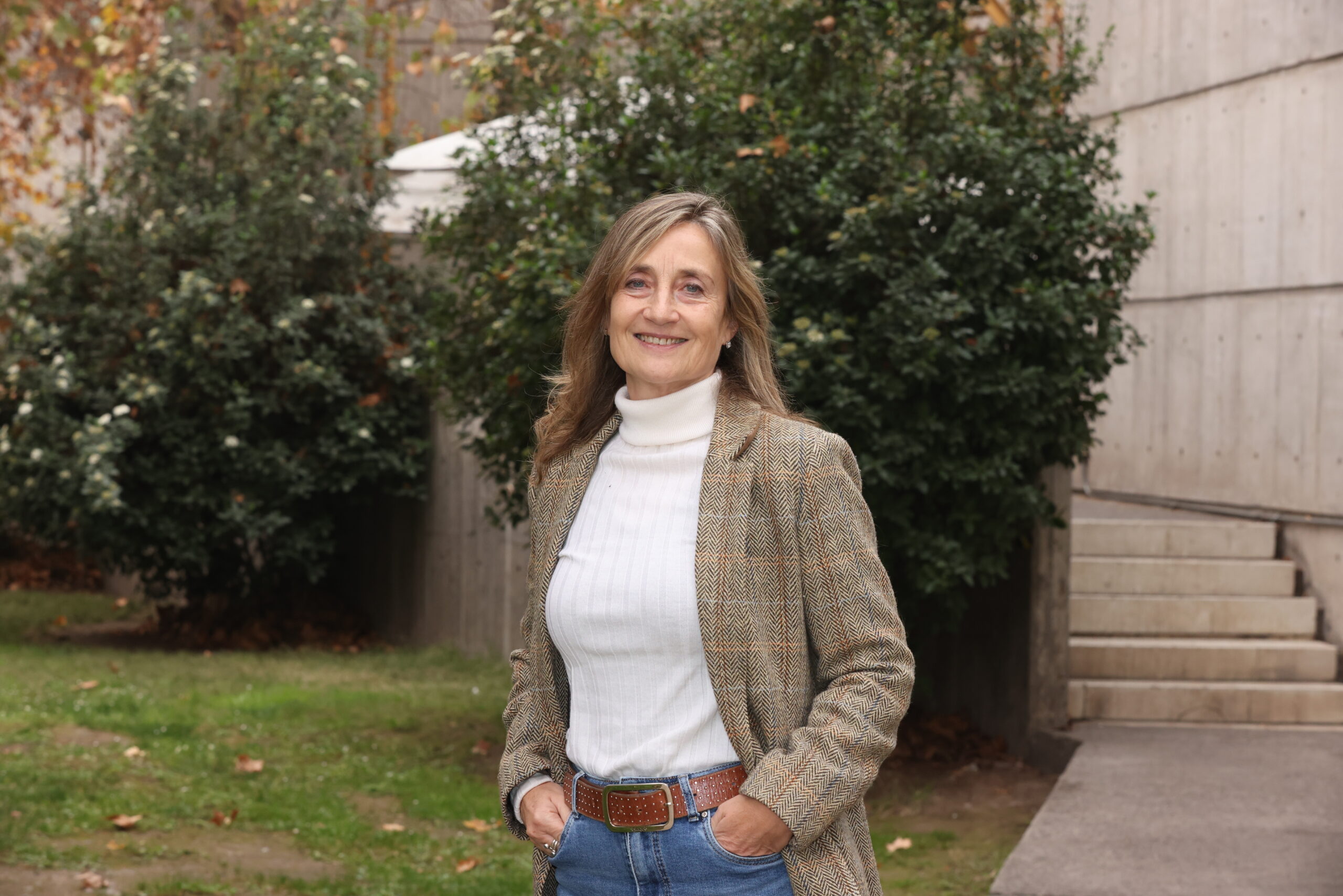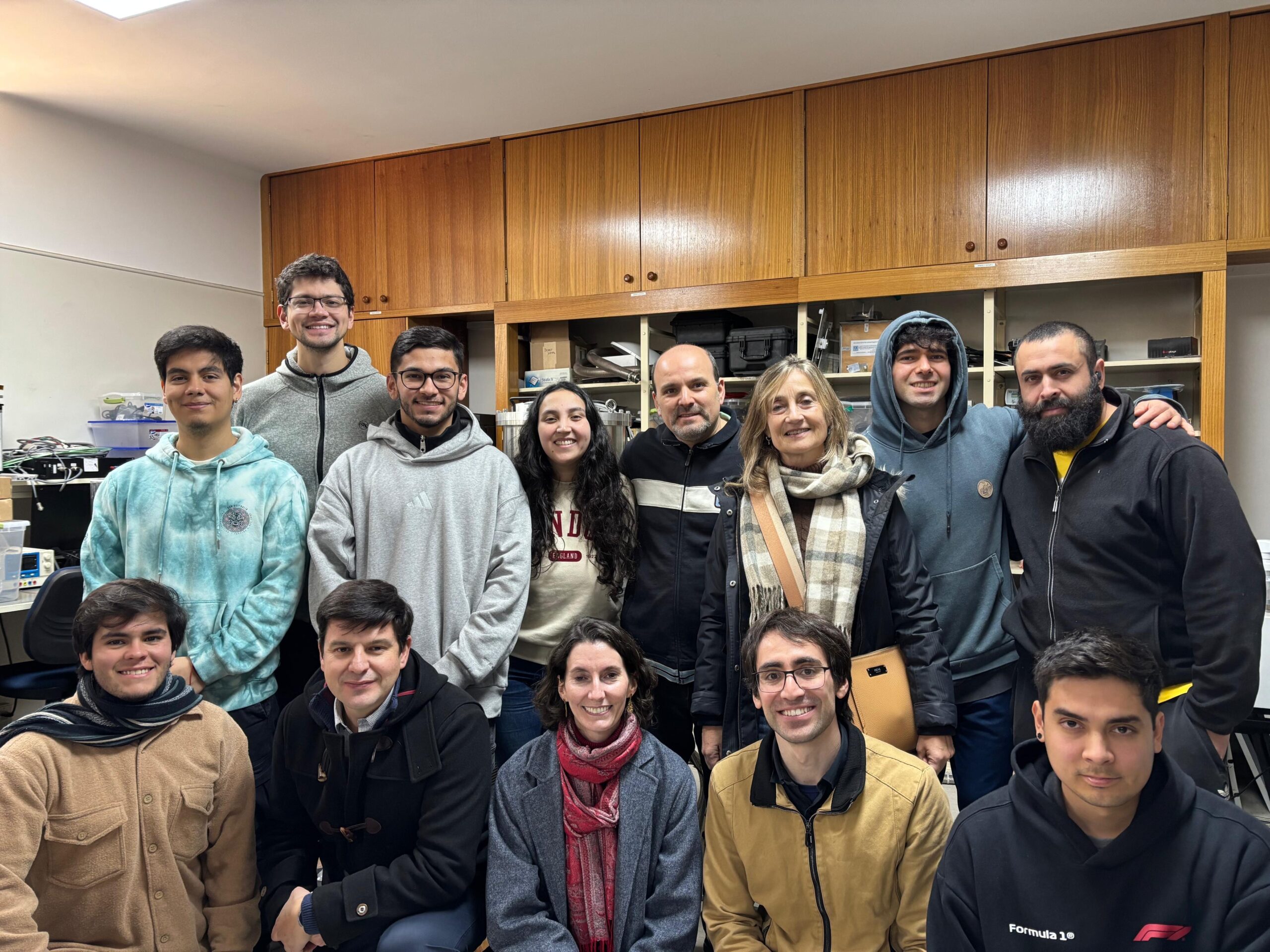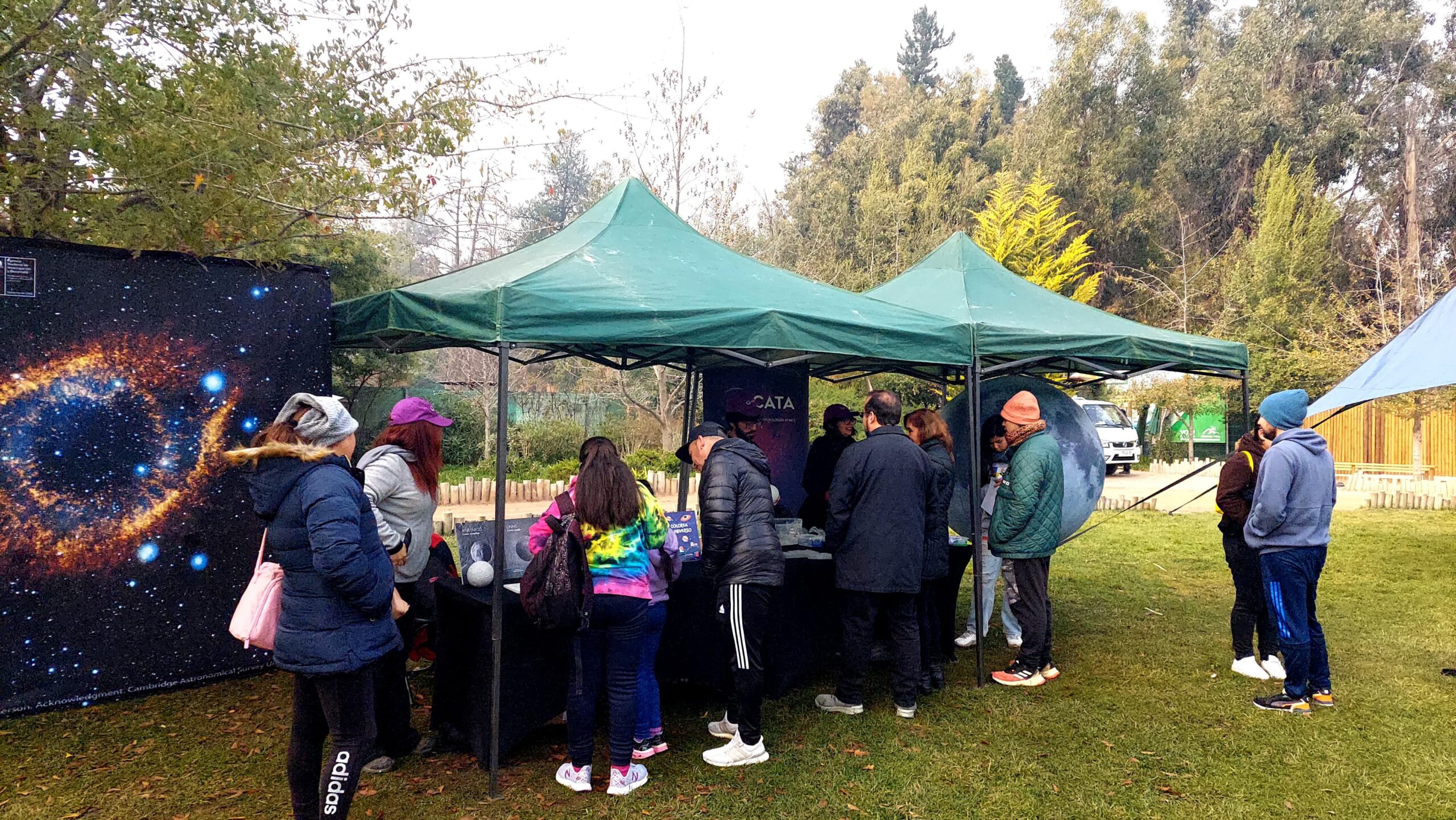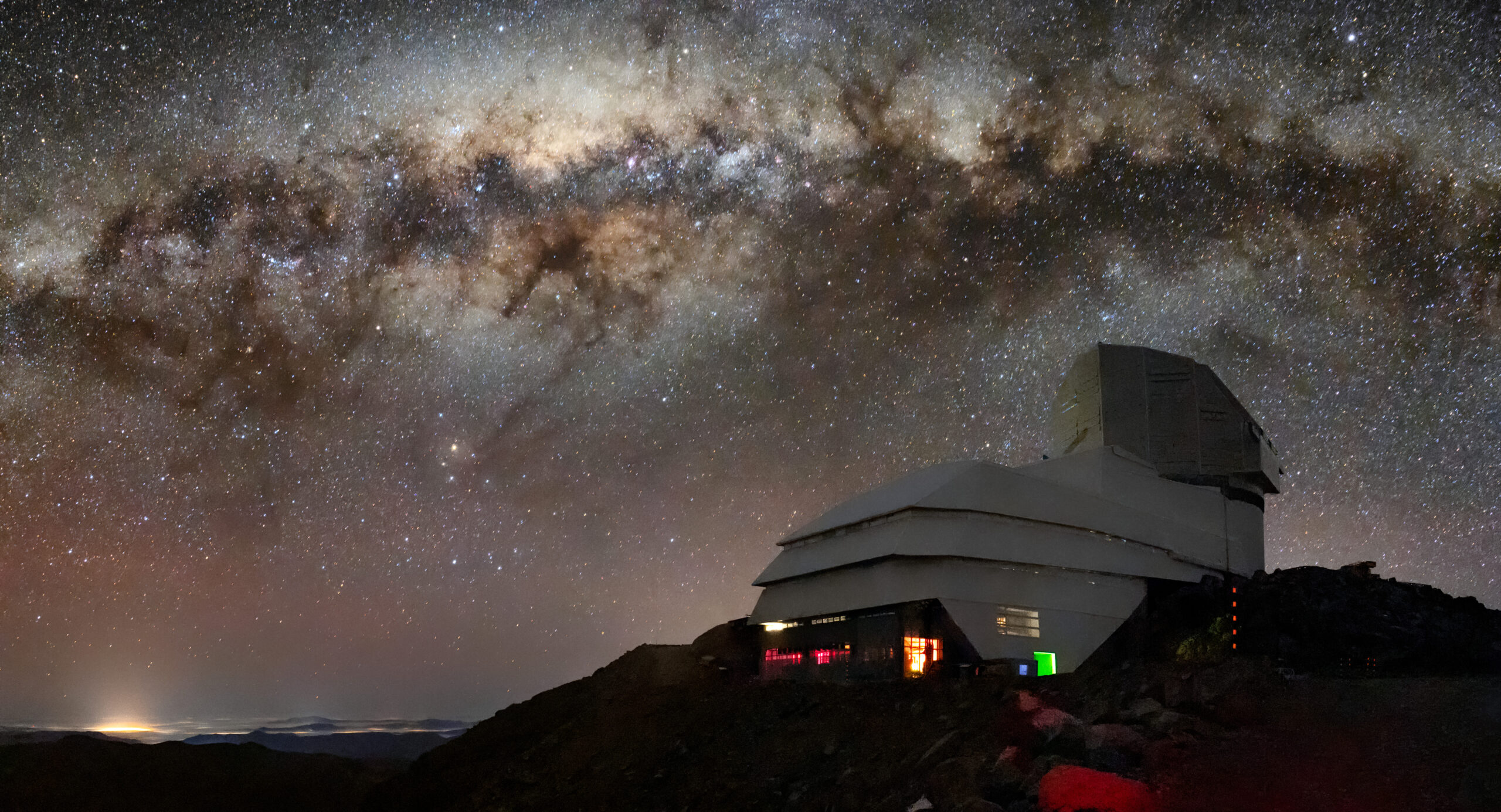
Astronomers succeed in measuring masses of more than 800 supermassive black holes
As part of an international effort involving CATA researchers, the most complete survey of black holes to date was completed after more than a decade of research using space observatories and large telescopes in northern Chile.
The most comprehensive research of its kind – in the near or local universe – has been unveiled by the international scientific team of the BASS Survey projectafter more than 15 years of extensive research including an outstanding participation of astronomers from the Centro de Astrofísica y Tecnologías Afines (CATA) from Chile.
The research, which was released in the latest issue of the Astrophysical Journalincludes a series of scientific publications that used data from large telescopes in the north of our country, the United States and the United States. NASA’s Swift Space ObservatoryThe results of this study have allowed the construction of a map of these active black holes and their intense emissions in the nearby universe.
Hundreds of hours of observation and analysis were required to carry out this task, revealing the masses of supermassive black holes in galactic centers with a level of detail that had been impossible to achieve until now. “The map is representative of active black holes in the local universe. It has more than 800 supermassive black holes in a distance range of more than 5 billion light years. The main novelty is that we were able to estimate the most important physical properties for a large sample of supermassive black holes, such as their masses and growth rates”, explains Claudio Ricci, CATA astronomer at the Diego Portales University, one of the principal investigators of the BASS Survey project.
Cosmic radiography
According to the research, when a substantial amount of dust and gas surrounds a supermassive black hole, it can form an accretion disk that emits large amounts of light across the electromagnetic spectrum, peaking in the optical and ultraviolet range as it falls into the black hole.
Franz Bauer, CATA researcher and academic at the Astrophysics Institute of the Catholic University, who also participated in the research, explains that this same dust and gas, however, can also block our view of the so-called central engine, or “active” nuclei of galaxies (AGN), making it difficult to observe these giants with traditional instruments and techniques. “The above implies that although many supermassive black holes are actively accreting material and growing, we do not readily see them at visual wavelengths and do not take them into account,” he says.
This barrier could be overcome thanks to the instrument on board the Swift Observatory known as BAT (Burst Alert Telescope), capable of detecting high-energy x-rays also known as “hard x-rays”, associated with high energetic emissions from supermassive black holes. “It is similar to the process of taking an X-ray, since this instrument observed at a similar frequency. In this case, it would be like a cosmic X-ray to observe the nuclei of galaxies where these growing black holes are,” explains Ezequiel Treister, Deputy Director of CATA and UC astronomer who was also part of the research.
Claudio Ricci points out that at these energy levels, the radiation interacts very little with the material in its path, making it possible “to detect some of the most obscured black holes. This has made it possible for us to have an almost complete sample of accreting black holes in the centers of nearby galaxies,” the researcher explains. The speed at which these black holes grow varies greatly -adds the astronomer- from the equivalent of the mass of Uranus per year, to those that “swallow” the equivalent of 30 Jupiter planets in a similar period”.
In addition to the Swift Observatory and BAT, more than 10 ground-based optical and infrared telescopes were used in our country and other parts of the world. Ezequiel Treister, emphasizes that “this is a collaborative work, which required the combined work of telescopes in the southern hemisphere and the northern hemisphere.The first one, in order to study the active nuclei of galaxies distributed throughout the sky. The mass measurements were made possible by many, many observations from Chile”.
Dozens of CATA scientists participated in the extensive accumulation of data using Chilean telescopes during all these years, including ESO’s Very Large Telescope at Cerro Paranal (in the Antofagasta Region), the Magallanes telescopes and the Irénée du Pont Telescope (located in the Atacama Region), along with the SOAR Telescope, located at Cerro Pachón in the Coquimbo Region. “Measuring black hole masses can be quite complicated, and with this collaborative work we have been able to do it for a very complete sample of objects in the nearby universe,” says Claudio Ricci.
One of the results published in this study, led from Chile, was obtained using infrared spectroscopy to measure the mass of more than 300 highly obscured supermassive black holes. “Thanks to these data we have been able to measure the mass of black holes, detecting the motion of high-speed rotating clouds in their surroundings, including completely obscured systems where this was not possible. This demonstrates the importance of combining multiple observatories,” says Dr. Federica Ricci, who was a FONDECYT postdoctoral researcher at the Catholic University and is currently continuing her research career in Italy.
The astronomers conclude that the large sample of objects and the enormous amount of data accumulated in recent years will make it possible to improve the understanding of black holes, allowing a better understanding of their relationship with their host galaxies. The new data will make it possible to study phenomena such as the accumulation of gas in galaxies and its influence on the formation of certain stars, to analyze the accelerated growth of supermassive black holes, and also to investigate black hole systems that could be considered rare or abnormal, the astronomers conclude.
Recent news
-
 Publicado el: 09/07/2025Patricia Tissera is recognized as full professor by the Pontificia Universidad Católica de Chile
Publicado el: 09/07/2025Patricia Tissera is recognized as full professor by the Pontificia Universidad Católica de Chile -
 Publicado el: 04/07/2025CATA researchers among the best in Chile according to international ranking Research.com
Publicado el: 04/07/2025CATA researchers among the best in Chile according to international ranking Research.com -
 Publicado el: 30/06/2025CATA Director strengthens ties in her second institutional tour
Publicado el: 30/06/2025CATA Director strengthens ties in her second institutional tour -
 Publicado el: 30/06/2025CATA celebrated Asteroid Day 2025 at the Pueblito de Las Vizcachas Park
Publicado el: 30/06/2025CATA celebrated Asteroid Day 2025 at the Pueblito de Las Vizcachas Park -
 Publicado el: 26/06/2025Vera C. Rubin: the telescope that watches the sky and anticipates the future of astronomy
Publicado el: 26/06/2025Vera C. Rubin: the telescope that watches the sky and anticipates the future of astronomy
Categories list
- Acknowledgments 20
- Astrobiology 5
- AstroCluster 1
- Black holes 13
- Corporativo 49
- Cosmology 4
- Descubrimientos 19
- Disclosure 46
- Exoplanets 13
- Extension 4
- Galaxies 17
- Galaxies formation 2
- Inter y Transdisciplina 2
- Local Universe 13
- Publications 5
- Sin categorizar 31
- Solar System 11
- Stellar formation 6
- Technology 9
- Technology Transfer 12